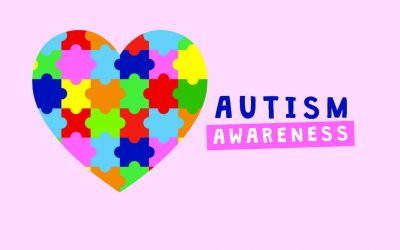On the hunt for toxic toys
BY LaTOYA M. SMITH
This year Cheryl Gaudino may be getting a late start on her Christmas shopping, but her spring cleaning is months ahead of schedule.
After reports of high level of toxins and a tsunami of recalls in children’s toys, the North Attleboro mother gathered her 11-year-old autistic son’s toys and sent them packing.
Gaudino says autistic children are more susceptible to toxins because they have an impaired detoxification system and tend to keep toys in their mouths more than other children.
“We just threw away three contractor trash bags full of toys,” Gaudino said. “Whether they had lead, I don’t know. But they were older toys, and they were suspect.”
Now Gaudino is weeks behind in her shopping because she has to “investigate everything.”
She is grateful that consumer protection groups are taking some of the stress off her hands by tracking dangerous toys.
On Wednesday the Alliance for a Healthy Tomorrow, along with a coalition of environmental health groups, released the results of tests of 1,200 popular children’s toys for toxic chemicals. The information can be found at HealthyToys.org.
The list is likely to generate lots of conversation and controversy. Take for example, Tyrell Katz’s “Bug Backpack,” the product listed as containing the highest levels of lead, arsenic, and mercury.
Nicky Garretty, a business partner of the New York-based company, said the figures are misleading because the chemicals are safely sealed in the vinyl used to produce the product.
“Our products are safe,” Garretty said. “When we became aware of toxins, we checked thoroughly with the Consumer Product Safety Commission and we fell well below the levels that were allowed.”
Garretty said that the Healthy Toys Web site fails to inform consumers that these chemicals are locked in and don’t migrate out.
But Dr. Sally Edwards, who works as a research associate for the Lowell Center for Sustainable Production, said “migration” questions are part of the debate.
“You have to think about the product in its life cycle,” she said. “Does the vinyl break down over time? Could the lead become bio-available? It (lead) doesn’t need to be in the backpack. The backpacks can be made with different materials, so why are we making them with lead in them?”
Massachusetts lawmakers are considering a bill co-sponsored by Sen. Steven Tolman, D-Brighton, and Rep. Jay Kaufman, D-Lexington, that would require companies to replace toxic chemicals with safer alternatives where feasible.
Voting on the bill stalled twice in the Legislature this year, but is expected to be voted on in January.
U.S. Rep. Edward Markey, D-Mass., a proponent of consumer protection, has offered an amendment to the federal Consumer Product Safety Modernization Act that would require a publicly searchable database containing reports of serious injury or death from unsafe products.
But Janet Domenitz, executive director of the public interest group MASSPIRG, said the federal consumer protection agency also needs reform.
“They are underfunded, understaffed and they don’t have the authority to do the job we rely on them to do – keep all our products safe,” she said.
The agency currently does not have the authority to force a company to pull a product off the shelves. All recalls are voluntary.
“They are toothless. There are too many chemicals in everyday products, there are safer alternatives and we need to push for them,” Domenitz said.
Companies such as Fisher Price in New York have created their own policing system.
“We have some of the most rigorous and safety-quality procedures in the industry,” said Juliette Reashor, senior manager of public relations.
Fisher Price launched a three-point check system in August to make sure all paint is tested before used on toys.
“There are no exceptions. We use testing and conduct unannounced inspections at every stage of production,” she said. “We’re confident that our system is working, and consumers should feel confident when doing their shopping.”


